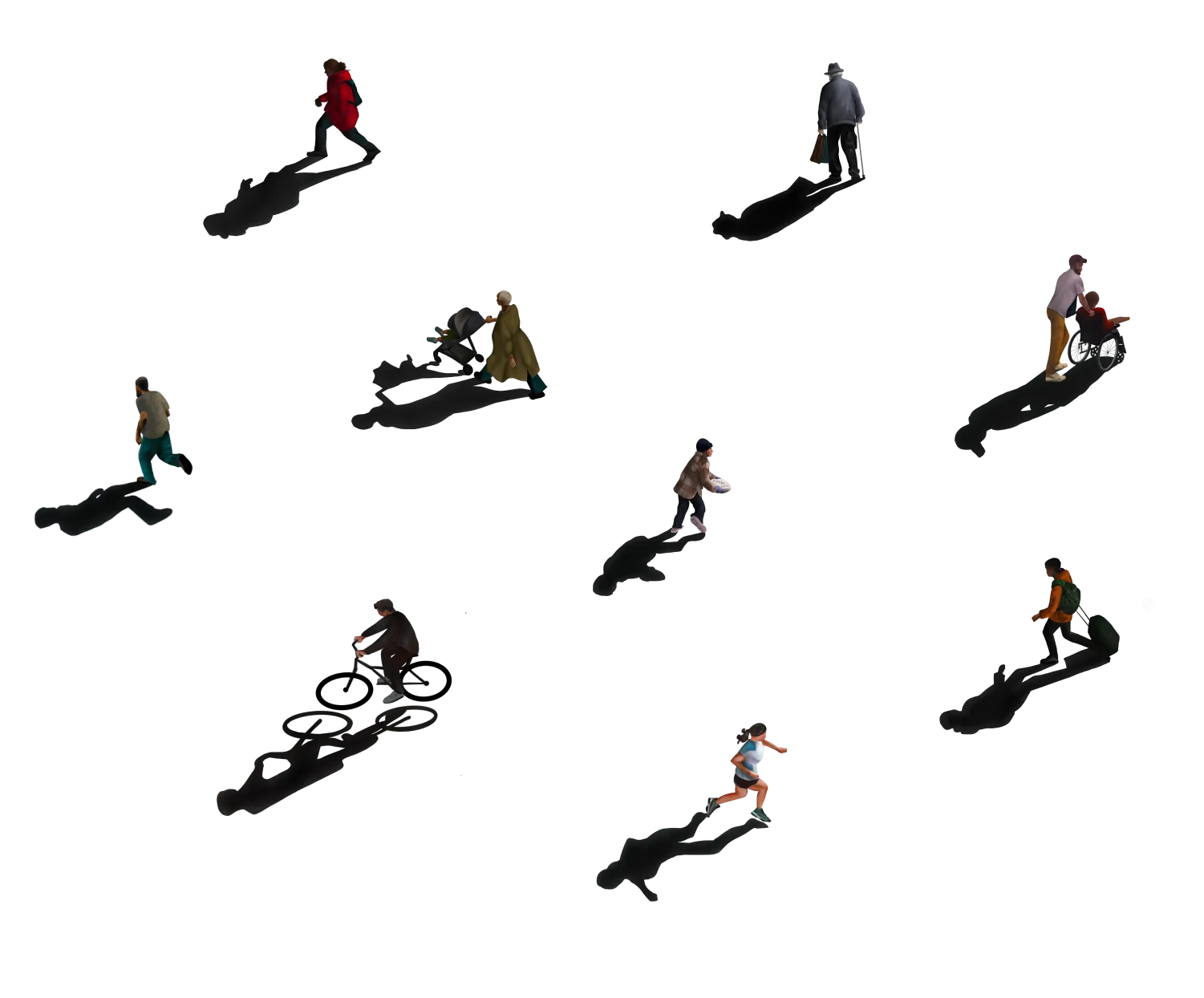The Berghain Effect: Remembering the importance of outliers

Market research and Berlin’s infamous club scene may seem worlds apart, but there’s something powerful about outliers and the unexpected. As a researcher, it’s easy to overlook the fringes of data, those people who don’t quite fit the mould.
Picture this: It’s 2 a.m., you’re standing in a silent yet electric queue outside a club in Berlin. Everyone is dressed in shades of black, with varying degrees of skin, leather, and spikes on show. The infamous bouncer sizes you up, and despite your best attempts to look the part, you’re turned away. It’s a moment of thrilling tension, even in rejection.
This was me nearly a decade ago, awkwardly trying not to look too British in the heart of Berlin’s club scene. At first glance, it doesn’t seem like the kind of place to inspire lessons for market research, but there’s a surprising connection.
Outliers have something special. Berghain, one of the most famous clubs in the world, is a sanctuary for misfits—a space for those who never quite fit in elsewhere. Ironically, it’s become a place people try desperately not to fit in, just to be accepted. And this got me thinking: there’s something here that applies to research—specifically, surveys.
Surveys often prioritise the ‘norm’ and dismiss the outliers as noise. Data is processed, weighted, and normalised to produce insights that speak to the masses. And while that’s important, what about those who don’t fit in with the average? What can we learn from the outliers, the ones who don’t align with the status quo? Sometimes, they’re the ones telling us the most valuable stories.
Let me share a story. Years ago, I worked on a large-scale segmentation project for a gaming company. We had five clear, distinct segments, but one group—whom we dubbed the ‘YOLOs’—stood out as almost unbelievable. They were adrenaline junkies, top of their careers, traveling the world, yet had contradictions in their behaviour that didn’t quite add up. Initially, I assumed there was an error in the data, but after rerunning the study, the same results appeared.
When we met the YOLOs face-to-face, they were exactly as the data described: complex, fascinating, and full of tension. Their existence wasn’t a mistake; it was a window into an entirely different kind of consumer. Our client was able to create a distinctive strategy for this group, one that set them apart in an otherwise homogenised market.
This experience taught me that people are messy, complex, and don’t always fit neatly into data sets. Yet, the market research industry often smooths over these edges, normalising everything to make sense of it. But what if the true value lies in the chaos, in the data points that fall outside the curve?
Perhaps it’s time to rethink how we approach research. Maybe the real insights—the ones that could lead to creative breakthroughs—lie in those fringe cases, the outliers who don’t follow the script. Sonder means understanding that everyone’s life is as rich and complicated as our own. It’s time we let that complexity breathe new life into our research.
Because sometimes, brilliance lives on the edges.
Sonder is a full-service agency with expertise in brand, audience and creative research.
Award-winning market research agency for actionable, human-centric insights

